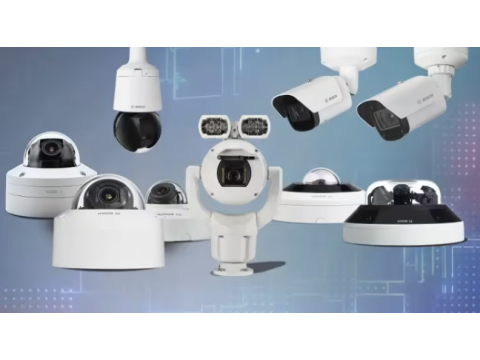Comprehensive Video Surveillance Setup and Usage Guide
Efficient video surveillance requires careful planning, installation, and maintenance. Whether you need an analog or IP-based system, this guide walks you through every step.
1. Installation Instructions for Video Surveillance
Step 1: Define the System’s Purpose
- General Monitoring: Covers large zones for basic security.
- Detailed Observation: For identifying faces or reading vehicle plates.
Select the focal length of your camera based on its intended purpose.
Step 2: Choose the System Type
- Analog Systems: Ideal for homes and small offices; cost-effective and reliable.
- IP Systems: Suitable for advanced analytics and remote access.
For most applications, cameras with 1-2 MP resolution (720p or 1080p) suffice.
Step 3: Plan Camera Placement
- Cover critical zones with minimal blind spots.
- Position cameras to deter vandalism, especially outdoors.
Step 4: Assemble and Connect Components
Follow the manufacturer's guidelines to connect and mount cameras, ensuring robust installation on stable surfaces.
2. Configuration Instructions
Camera Configuration
- Orientation: Adjust angles for optimal coverage.
- Focus Settings: Adjust focal length and sharpness for vari-focal lenses.
- Network Settings (for IP Cameras): Configure IP addresses, subnet masks, and wireless settings as required.
Video Recorder Setup
Key settings include:
- Date and Time: Essential for accurate logs.
- Recording Mode: Continuous or motion-triggered.
- Motion Detection: Calibrate sensitivity for effective alerts.
Calculate storage needs to determine the appropriate hard drive capacity.
3. Usage and Maintenance
Operational Guidelines
- Regularly monitor live feeds and video archives.
- Adjust settings as needed for evolving security requirements.
For Operators
Include instructions for:
- Switching viewing modes.
- Searching and replaying archived footage.
- Operating PTZ (Pan-Tilt-Zoom) cameras and motorized lenses.
Maintenance
Ensure periodic checks for:
- Clean camera lenses and housings.
- Update firmware for all devices.
- Verify storage integrity and system connectivity.
Conclusion
- Tailored Solutions: Video surveillance requires customization for maximum efficiency.
- Simple Maintenance: Regular checks ensure long-term reliability.
- Stay Flexible: Adapt system configurations to changing security needs.
Whether you're installing a simple home setup or a complex business system, following these steps guarantees a robust and reliable video surveillance solution.

